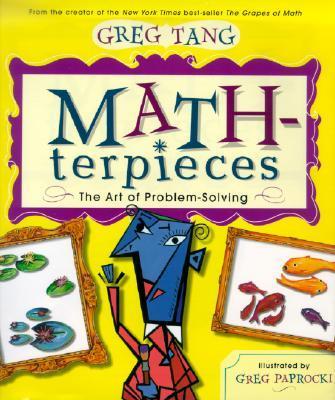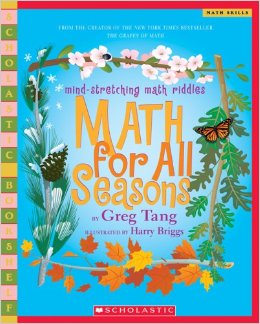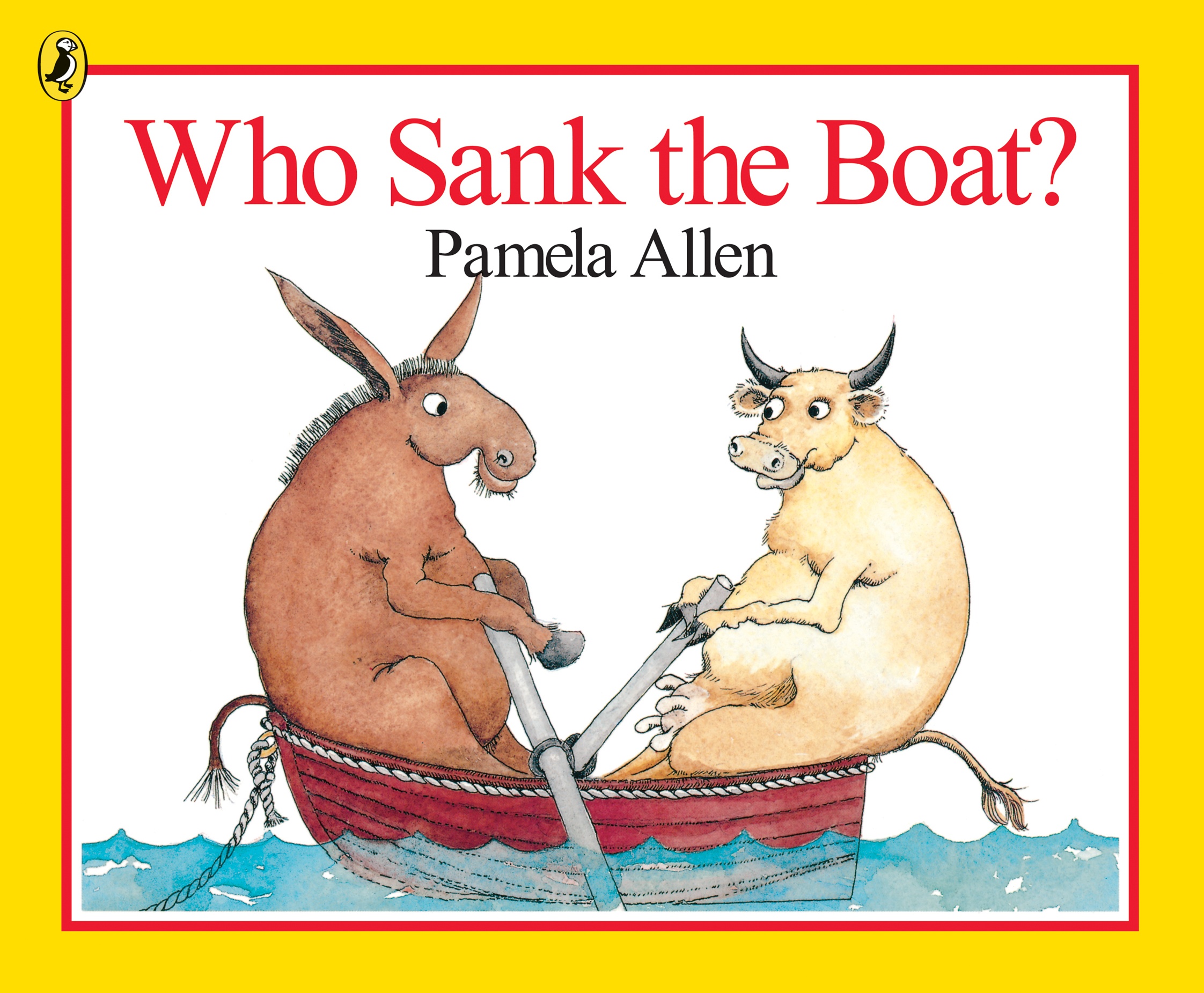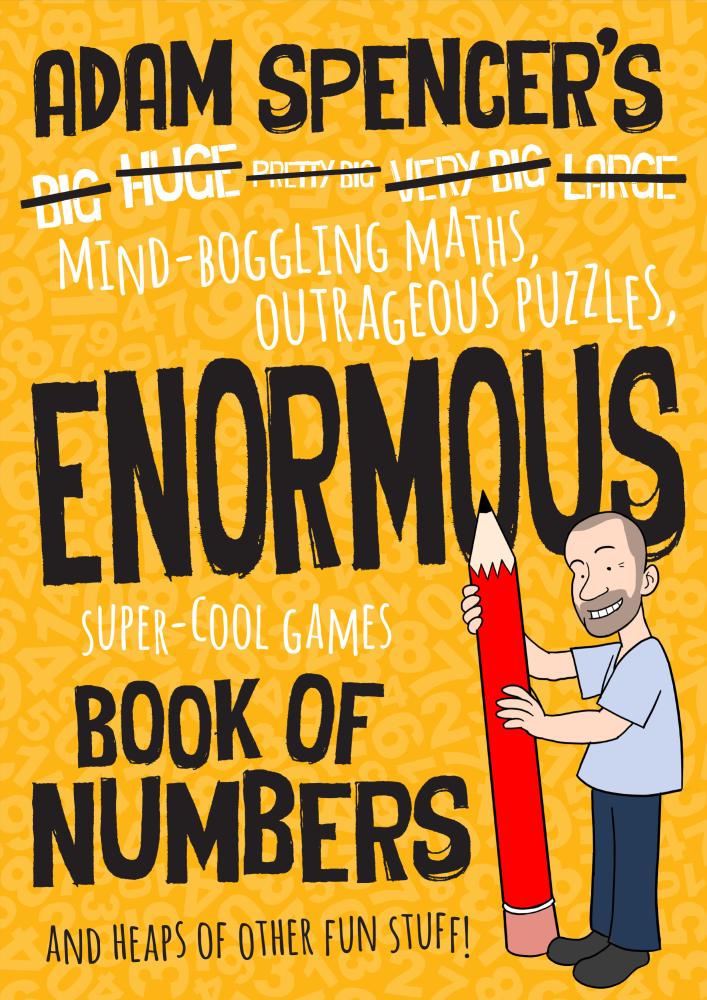Filter books by:

Mathterpieces: The Art of Problem-Solving
Australian Curriculum Year Level
Year 2, Year 3, Foundation Year, Year 1
Maths Concepts
Australian Curriculum: Description
Foundation Year – Subitise small collections of objects (ACMNA003);
Year 1 – Represent and solve simple addition and subtraction problems using a range of strategies including counting on, partitioning, and rearranging parts (ACMNA015);
Year 2 – Describe, continue, and create number patterns resulting from performing addition or subtraction (ACMNA035).
Teaching ideas
Students investigate other situations involving subitising and counting on with and without distractors in routine and non-routine situations. Students could write the number sentences represented by art in this book (representational to abstract).

Math for All Seasons
Strand
Number
Australian Curriculum Year Level
Year 2, Year 3, Foundation Year, Year 1
Maths Concepts
Australian Curriculum: Description
This book explores counting up collections of items and objects. The book encourages seeing patterns to make the counting quicker than one-by-one.
Teaching ideas
(1) Prep students can count the objects in the collections within this book; (2) years 1-3 students can be encouraged to 'see the pattern' to help them partition to count up the objects in the quantities quicker; (3) Final pages of the book show the answers using numbers and symbols as well as circles drawn around the collection, year 2s and 3s should be encouraged to set their work out using numbers and symbols

Who Sank the Boat?
Strand
Measurement
Maths Concepts
Australian Curriculum: Description
The story of 5 animal friends who decide to take a boat trip. It all goes pear-shaped when the boat won’t hold all the weight. So, who sinks the boat?
Teaching ideas
Other investigations based on the book; would the order they got in the boat have effected the outcome? Place the animals in order of lightest to heaviest - test your prediction. How would a bigger boat have effected the outcome?

Adam Spencer’s Mind-Boggling Maths, Outrageous Puzzles, Enormous Super-Cool Games Book of Numbers and heaps of other fun stuff!
Strand
Algebra
Australian Curriculum Year Level
Year 5, Year 6, Year 7, Year 2, Year 3, Year 8, Year 4, Foundation Year, Year 1, Year 9
Multiplication and Division Triangle, Part-Part-Whole, Benchmarking, Find the Pattern, Draw what you can't see
Australian Curriculum: Description
Prep-Sort, describe and name familiar two-dimensional shapes and three-dimensional objects in the environment (ACMMG009); YR1-Recognise and classify familiar two-dimensional shapes and three-dimensional objects using obvious features (ACMMG022); YR2-Describe the features of three-dimensional objects (ACMMG043); YR3-Identify symmetry in the environment (ACMMG066); YR4-Investigate number sequences involving multiples of 3, 4, 6, 7, 8, and 9 (ACMNA074); YR5-Use efficient mental and written strategies and apply appropriate digital technologies to solve problems (ACMNA291); YR6-Construct simple prisms and pyramids (ACMMG140); YR7-Draw different views of prisms and solids formed from combinations of prisms (ACMMG161); YR8-Solve a range of problems involving rates and ratios, with and without digital technologies (ACMNA188); YR9-Express numbers in scientific notation (ACMNA210)
